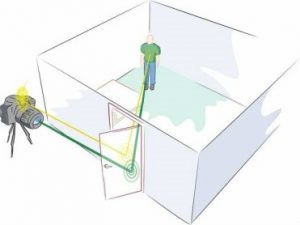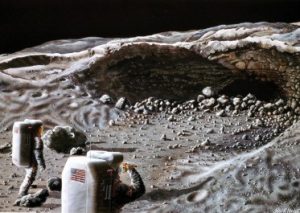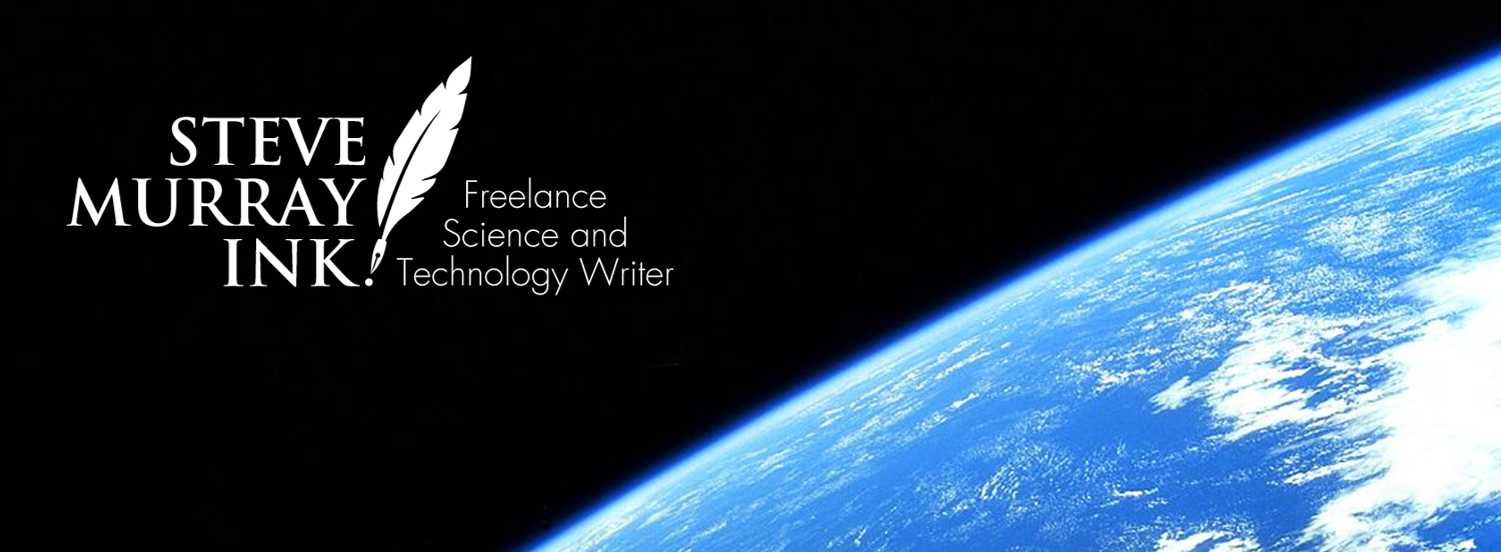August 18, 2015 by Steve Murray
Cave Camera – New Technology May Image Beneath the Moon’s Surface

(NASA/GSFC/Arizona State University)
Almost all current lunar exploration relies on imaging by telescope and satellite. Some of the moon’s most intriguing features, however, may be under its surface. How do you explore deeper when your only tool is remote imaging? You invent a technology that peeks around the edges of lunar craters to glimpse what lies underneath. That technology is coming to NASA.
Spelunking from afar
Many lunar scientists believe that the moon contains networks of caves created when the lava flows of ancient volcanos carved tunnels beneath its surface. They also believe that some craters are actually “skylights” – areas where cave ceilings have collapsed into the tunnel below. NASA is interested in in finding out more about these cave systems by studying the areas that skylights have exposed.
It’s a scientific goal as well as a practical one. Lunar caves could reveal the existence of water or ancient life. Tunnels could also protect future astronauts from radiation, temperature extremes, and meteorites.
Andreas Velten, a Morgridge medical engineering affiliate and scientist with the University of Wisconsin-Madison Laboratory for Optical and Computational Instrumentation (LOCI), would like to explore those caves, even from earth.
“Geologists are interested because they would provide access to subsurface geology without actually having to dig, which would be very difficult,” said Velten, who is involved in a unique project to advance this goal through remote imaging.
Tracking the light
The system he is developing fires a pulse of laser light onto a surface, which reflects the pulse into the nonvisible space beyond it. Photons from the laser are scattered as they bounce off any hidden objects and eventually make their way back to sensors in a (very!) high-speed camera. The dimensions of the unseen spaces are then reconstructed based on the time stamp of the photons that return. The concept is similar to pulsed radar signals, which reconstruct target ranges and locations based on the time required for each pulse to return to the emitter.

The imaging system being developed for NASA bounces a pulse of laser light off of a surface and into a nonvisible space to “see around a corner.” With an ultra-fast flash and high-speed camera, the system can reconstruct images of objects that the camera could never look at directly.
(Andreas Velten)
Velten, assisted by chemical engineering undergraduate Jessica Zeman, completed the first phase of his project this summer, using cave models. He is beginning a second phase of field trials with a two-year, $500,000 NASA grant. Volcanic lava tubes exist on Earth in places like New Mexico and Hawaii, and should offer geologic features similar to the moon for more realistic testing.
NASA has been interested in subsurface exploration of the moon ever since the Lunar Reconnaissance Orbiter discovered cave skylights in 2009. First, however, they must identify caves that are open and accessible, and that have features worth exploring.
“Even though geology tells us there should be caves at these sites, we don’t really know what’s down there,” said Velten. “We don’t want to spend hundreds of millions on a rover mission, only to find a hole in the ground with the cave blocked in.”
Velten’s imaging technology is part of the NASA PERISCOPE Project, which will attempt to examine some of the more than 200 suspected caves that may lie beneath lunar skylights. Eventually, the technology may be installed in a lunar orbiting satellite that could image the skylights at close range.

(NASA)
From looking to landing
If accessible lunar caves can be identified by imaging, robotic missions could follow. Rover vehicles for lunar exploration are already in development at the NASA Jet Propulsion Laboratory in Pasadena, California. A new generation of robotic rovers includes arms with hooks that could grasp and climb cave walls and ceilings.
When humans next walk on the moon, their bases may be constructed in the lunar caves we’ve explored from earth.
Source:
New technology may illuminate mystery moon caves
